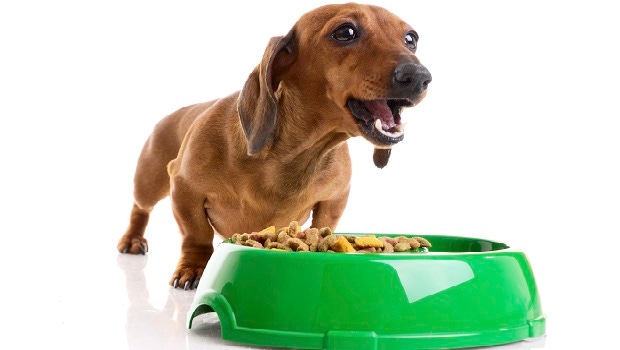From formulation errors and quality issues to potential contamination, a laundry list of issues continues to trigger animal nutrition product recalls. Although pet food safety will always be an ongoing priority, many companies are at the top of their game when it comes to comprehensive food safety programs.
October 5, 2015

From formulation errors and quality issues to potential contamination, a laundry list of issues continues to trigger animal nutrition product recalls. However, extensive food safety management systems have helped advance the pet food industry into producing some of the safest, most nutritious products available on the market. Although this issue will always be an ongoing priority, many companies are at the top of their game when it comes to comprehensive food safety programs. The free Petfood & Animal Nutrition 2.0 “The Science of Food Safety" digital issue examines these issues and more.
According to independent pet food industry consultant David Primrose, pet food safety management is often handled effectively through a food safety management system (FSMS) that may include sterilization to kill foodborne pathogens, drying to prevent mold growth and the use of metal detection to expose metal foreign bodies. Food safety culture in general, he said, can be defined as the organizational and personal attitudes and behavior that influence how anyone working in the food supply chain behaves with respect to ensuring compliance with FSMS. No matter how automated the process, the design and manufacture of safe pet food requires people. To ensure an FSMS is effective, it is important to maintain a balanced approach based on social, human and technical aspects of food safety management.
On the technological front, social media and consumer activism have contributed to a heightened sensitivity regarding pet food safety. Melissa Brookshire, D.V.M., founder of North River Enterprises, urges brand holders to have thorough, time-sensitive procedures in place for handling PR threats. She said email correspondence should be reviewed daily and customers handled promptly by phone, rather than by email response. Specifically, a senior member of the customer support team or a veterinarian should make initial contact. If the complaint is received in the form of a Facebook post or other social media platform, Brookshire said it is critical to take the conversation offline as quickly as possible. Dealing with every concern in a timely, calm and methodical manner will help resolve most issues in a positive way.
As for product testing, although it is a vital part of food safety efforts, Matt Nichols, national account manager in the pet food division at Neogen Corp., noted it is just one component in what should be a fully developed food safety management program. A comprehensive strategy can help define the role of testing, because without a well-defined food safety program, the potential value of testing cannot be maximized. With testing, Nichols said one needs to know exactly what will be tested, why it will be tested, the frequency, interventions, etc. Testing can be done either externally with a third-party laboratory or onsite. There are benefits to both, and depending on the specific need, facility space and labor resources, either may be appropriate.
And finally, George Burdock, Ph.D., president of Burdock Group, shares insights about an imminent regulatory challenge that could cause many animal nutrition ingredients currently in use to become federally noncompliant. To read the full article, “The Emerging Regulatory Crisis for Pet Food Ingredients," download the free digital issue here.
You May Also Like




.png?width=800&auto=webp&quality=80&disable=upscale)